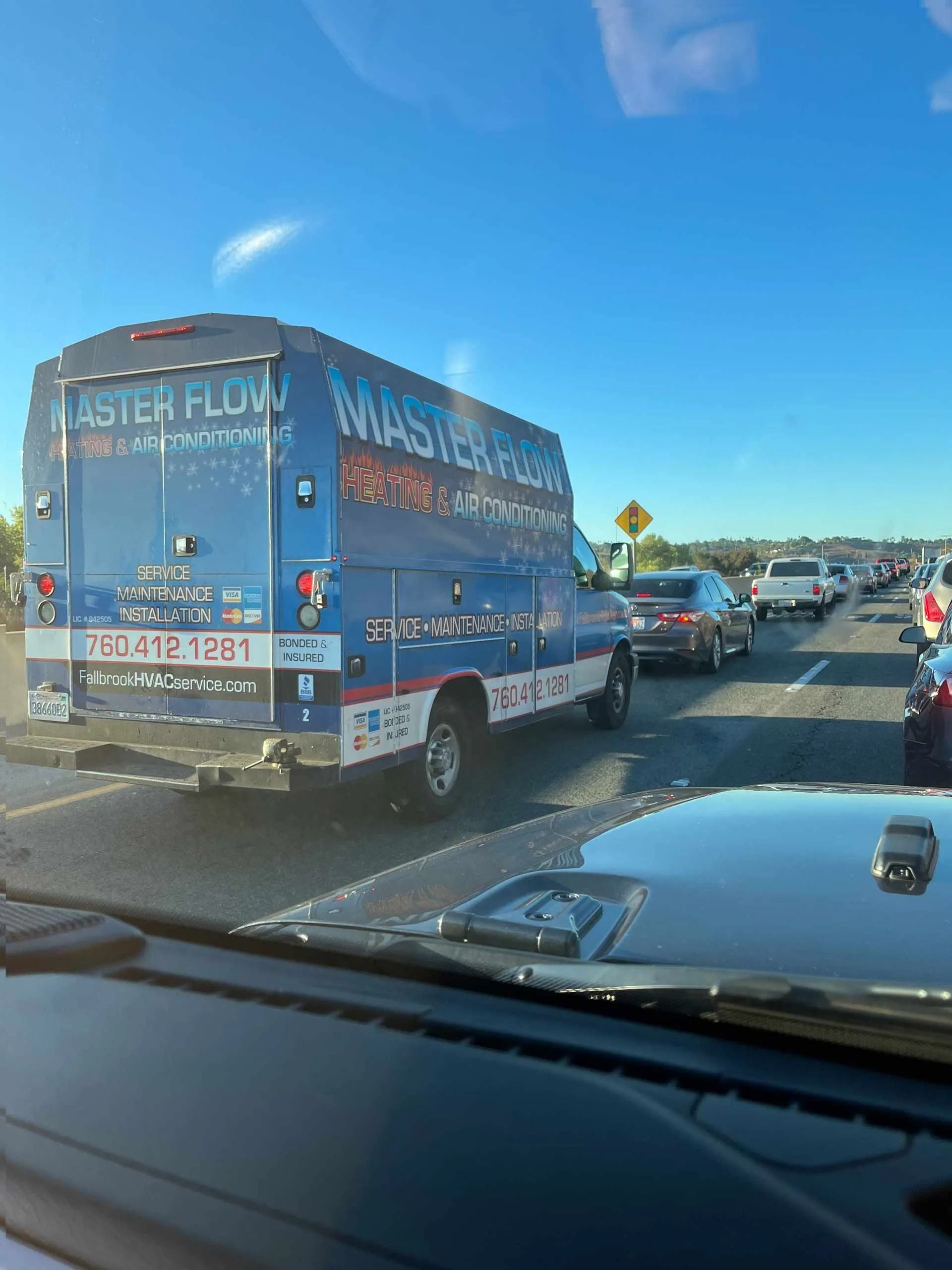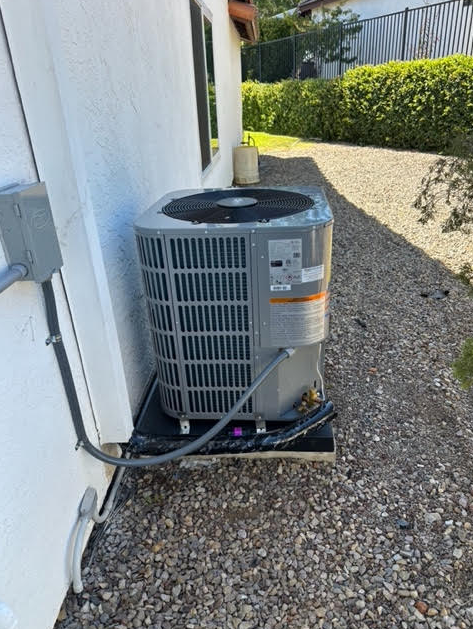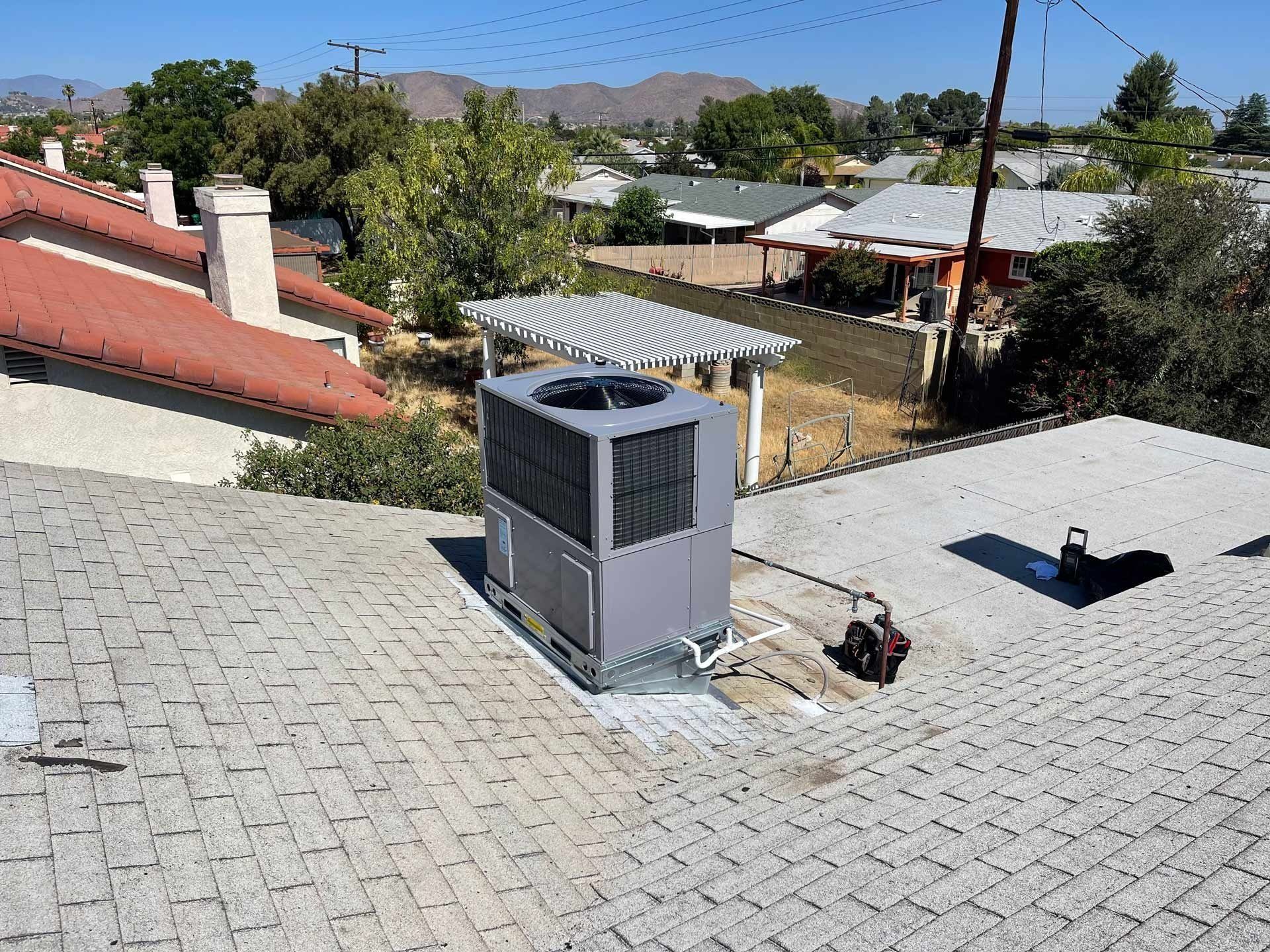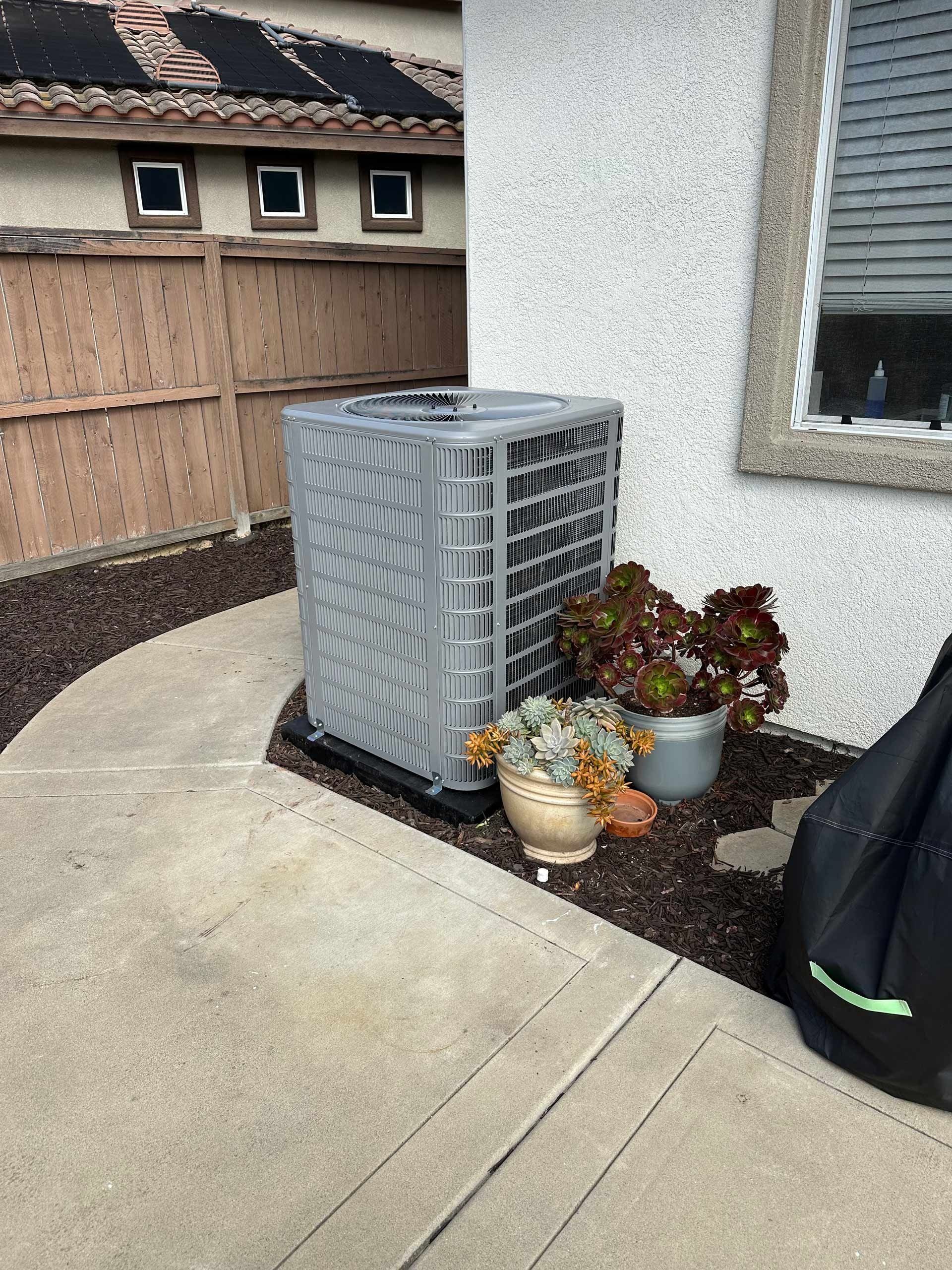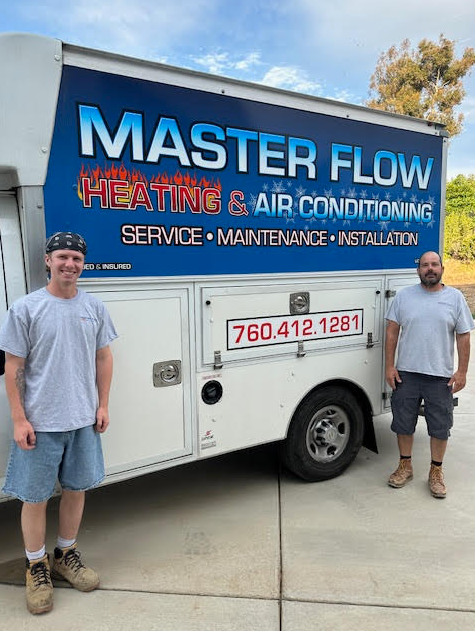When to Replace Your Old Furnace in Fallbrook Homes
When to Replace Your Old Furnace in Fallbrook Homes

No homeowner looks forward to replacing their furnace—but waiting too long can cause higher utility bills, frequent repair costs, and even safety risks. Whether you’re dealing with uneven heat, strange noises, or a system that’s simply outdated, knowing when to replace your furnace can save you both money and frustration.
At Master Flow Heating & Air Conditioning, we help homeowners across Fallbrook and North San Diego County make informed decisions about their heating systems. This guide explains the key signs that your furnace may be nearing the end of its lifespan, how to compare repair versus replacement, and the benefits of upgrading to a new, efficient model.
How Long Does a Furnace Last?
The average furnace lasts 15 to 20 years, depending on maintenance, usage, and equipment quality. In moderate climates like Fallbrook—where winters are mild but still cool enough for heating—systems may last slightly longer than those in colder regions. However, even the best-maintained furnace will eventually lose efficiency over time.
After 15 years, it’s wise to pay closer attention to performance. Are your energy bills rising? Does the system take longer to heat the house? Do you hear more noise or notice inconsistent airflow? These could be early signs that your furnace is wearing out and replacement planning should begin soon.
7 Signs It’s Time to Replace Your Furnace
1. Frequent Repairs
Needing one repair every few years is normal, but if you’ve had to call your HVAC technician multiple times in a single year, it’s a sign your system may be reaching the end of its service life. Repeated failures indicate that internal parts like motors, ignitors, or heat exchangers are wearing out.
Tip: If the total cost of repairs is 50% or more of a replacement, investing in a new furnace is typically the smarter long-term choice. Frequent breakdowns also suggest your unit’s efficiency is declining.
2. Rising Energy Bills
Older furnaces lose efficiency gradually as parts age, even when they’re still operational. If your heating bills have been climbing despite stable usage patterns, your system could be consuming more energy than necessary.
A new high-efficiency furnace can reduce energy costs by 20 to 30 percent or more, especially if your current unit’s AFUE (Annual Fuel Utilization Efficiency) rating is below 80%. Modern systems with AFUE ratings of 90–98% convert nearly all fuel into usable heat.
3. Uneven Heating or Cold Spots
When one room feels like a sauna while another is freezing, the issue may not be your ductwork—it could be your furnace. Uneven heating can stem from poor blower performance, worn belts, or reduced system capacity.
In Fallbrook’s older homes, duct leakage or undersized systems can make this worse. A new furnace properly matched to your home’s layout will deliver more consistent, even heating throughout all rooms.
4. Excessive Noise or Rattling
While a soft hum is normal, loud banging, popping, or rattling often means serious mechanical problems. These noises could signal loose parts, motor failure, or expanding metal components from overheating.
A trained HVAC technician can pinpoint the cause, but if noise is accompanied by poor performance, it’s often a sign that replacement is on the horizon.
5. Yellow Burner Flame
Your furnace’s flame should burn steady and blue. If it’s yellow or flickering, the burner isn’t receiving enough oxygen, which may indicate incomplete combustion. This can lead to dangerous carbon monoxide leaks—a serious safety hazard.
If you ever notice this, turn off your furnace immediately and call a licensed professional for inspection. For more on carbon monoxide safety, see [EPA Guide to Carbon Monoxide].
6. Poor Indoor Air Quality
Older furnaces weren’t designed with modern air quality in mind. If your air feels dry, dusty, or stale, or you notice increased allergy symptoms, your system may be spreading rather than filtering airborne contaminants.
Upgrading to a new furnace allows you to add enhanced air filtration, humidification, and purification features, improving your family’s comfort and respiratory health.
7. System Age and Safety Concerns
Even if your furnace still “runs,” once it passes 20 years old, its safety and efficiency become questionable. Cracked heat exchangers, damaged gas lines, or outdated controls can increase the risk of fire or carbon monoxide exposure.
Replacing an aging unit ensures your home stays warm and safe, especially during unexpected cold snaps in the Fallbrook area.
Repair vs. Replace: Which Is Right for You?
Here’s a simplified breakdown to help you decide:
| Factor | Repair | Replace |
|---|---|---|
| Unit age under 10 years | ✓ | - |
| Minor issue, low cost | ✓ | - |
| Multiple failures per year | - | ✓ |
| Outdated or low-efficiency model | - | ✓ |
| Safety hazard (gas or CO issue) | - | ✓ |
| High energy bills | - | ✓ |
If you’re still unsure, Master Flow Heating & Air Conditioning offers in-home system evaluations that compare repair costs, replacement options, and energy savings—so you can make the most informed decision for your budget.
Benefits of Replacing Your Furnace
Upgrading your heating system isn’t just about solving a problem—it’s about investing in long-term comfort and efficiency. New furnaces provide several key benefits:
- Lower monthly heating costs: Advanced high-efficiency models require less fuel to produce the same amount of heat.
- Quieter operation: Modern systems are designed for reduced vibration and noise.
- Consistent comfort: Improved airflow and zone balancing eliminate hot and cold spots.
- Better indoor air quality: Modern filtration systems trap more dust, pollen, and allergens.
- Smart home compatibility: Integrate your new furnace with programmable or Wi-Fi thermostats for automated efficiency.
- Extended warranties: Most new systems include 10-year manufacturer warranties and optional service coverage.
At Master Flow, we install high-efficiency systems from trusted brands tailored to Fallbrook’s mild, variable climate. [Learn about HVAC installation]
How to Choose the Right Furnace for Your Home
When selecting a replacement furnace, our technicians consider several important factors:
- Home size and insulation: A properly sized unit prevents short cycling and maintains steady comfort.
- Fuel type: We install both gas and electric furnaces and can recommend the best option based on cost, infrastructure, and local energy rates.
- Efficiency rating: Higher AFUE systems deliver long-term energy savings.
- Zoning needs: Multi-level homes or large properties may benefit from zoning systems for precise temperature control.
- Budget and rebates: We help homeowners access available California incentives for energy-efficient upgrades.
Frequently Asked Questions
What size furnace do I need for my home?
That depends on your home’s square footage, insulation quality, and window efficiency. We perform a full load calculation to ensure your furnace matches your home’s exact heating needs.
How long does it take to replace a furnace?
Most furnace installations are completed in one full day. Complex projects that require duct modifications or additional components may take longer.
Should I replace my air conditioner at the same time?
If both systems are over 10–15 years old, replacing them together ensures compatibility, maximizes efficiency, and reduces total installation costs.
Are there rebates or financing options for new furnaces in California?
Yes. Homeowners in Fallbrook may qualify for state and utility rebates for installing high-efficiency furnaces or heat pumps. Our team can help you find current promotions and financing options that fit your budget.
Schedule a Furnace Evaluation in Fallbrook
If your furnace is showing signs of age, producing inconsistent heat, or driving up your energy bills, don’t wait for it to fail during the coldest week of winter. Master Flow Heating & Air Conditioning offers comprehensive inspections, straightforward advice, and reliable furnace replacement services for homeowners across Fallbrook, Bonsall, Rainbow, and nearby communities.
Call today to schedule your in-home evaluation or request a free replacement estimate.
Phone: (760) 412-1281
Get Started Online: https://www.fallbrookhvacservice.com/contact


